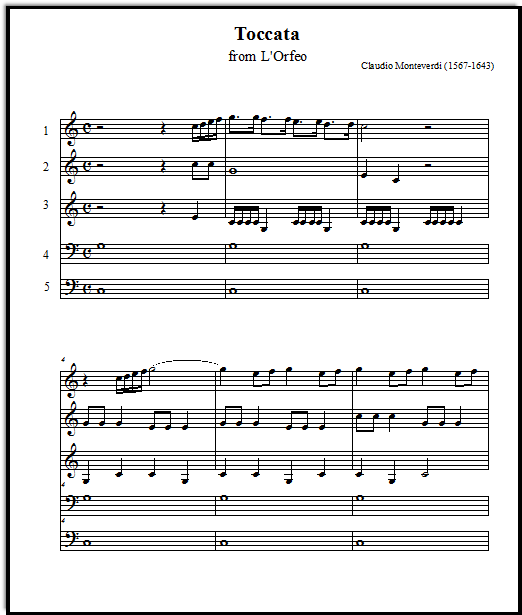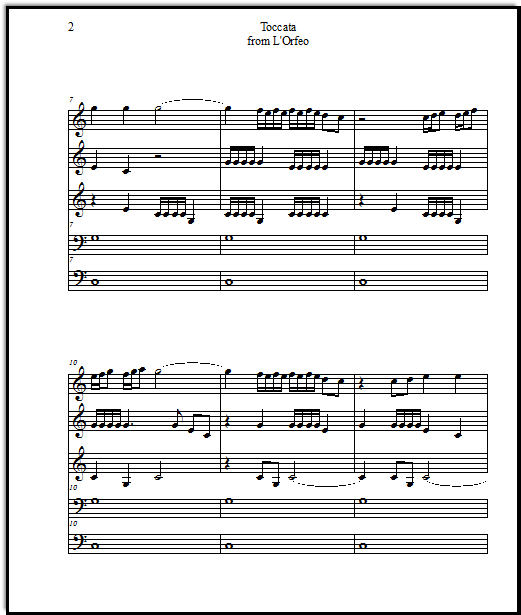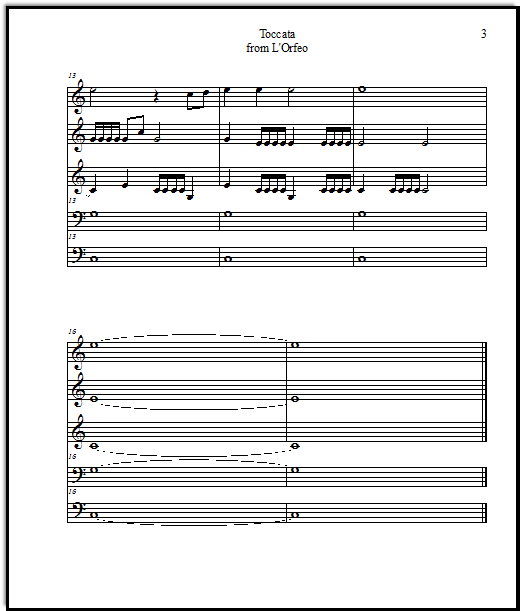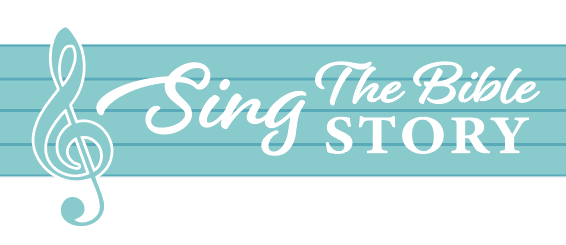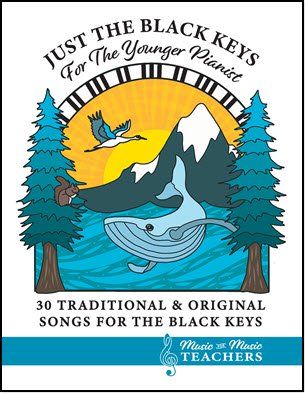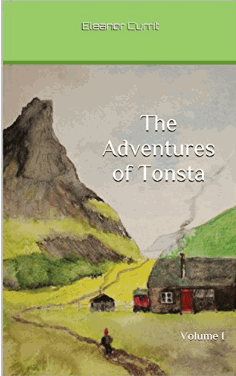Toccata from L'Orfeo by Monteverdi, arranged for Group Piano
The Toccato from Monteverdi's L'Orfeo is like a brisk morning wake-up call, musically speaking. If you have a capable group - or trio - of young keyboard players, this free Renaissance ensemble might be just what you are looking for!
Now arranged for a trio, at one piano or keyboard!
For those who have the impression that Renaissance music is dull or meanders around aimlessly, the direct, brassy edginess of this toccata is almost a slap in the face!
In the following video from the opera "L'Orfeo", the conductor and ensemble seem to push the limits.
The first thing one notices is the dramatic entrance of the conductor in flowing robes - "Maestro" certainly applies here!
Here is what the new trio arrangement for one piano looks like:
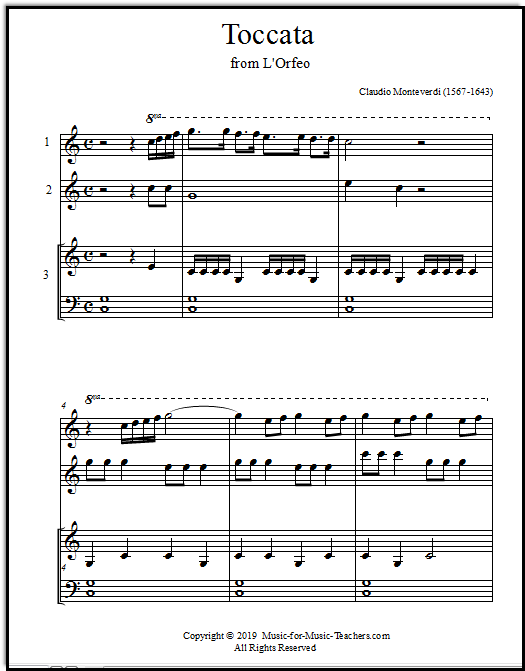
As you can see, the lowest part has two staffs, treble and bass.
Yes, in Part 3, the Right Hand will play the same "G" that the Left Hand has as a whole note. Your student can handle this - tell them to move the left hand thumb out of the way. (If I had notated this exactly, with rests where the left hand releases, the music would have been harder to read.)
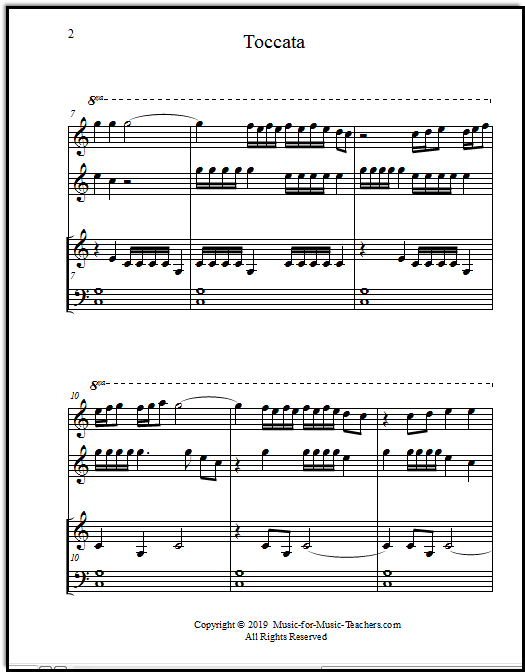
The top line must play an octave higher than written, in order to stay out of the way of part 2!
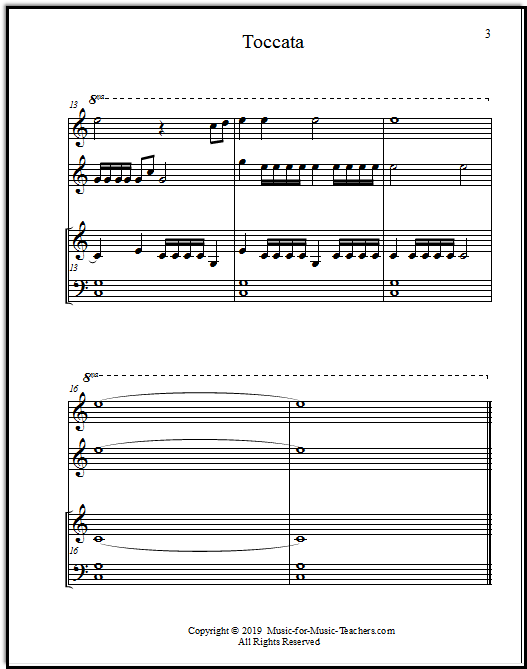
Please scroll down the page for the download links.
Below you see the score for multiple pianos or keyboards, my original score with five parts:
Please scroll down the page for the download links.
The notes here are easy. What makes this ensemble tricky is the rhythm, which is different for every part. Getting it together is a CHALLENGE. Therefore, assess your pianists!
There are 5 parts to the ensemble, though parts 4 and 5 can easily be combined (and even added to part 1, 2, or 3).
The reason for maintaining separate lines is so that different "instruments" can be assigned to each part, giving your keyboard players the illusion of a real brass ensemble.
Page 2:
Please scroll down the page for the download links.
But it's a fun challenge! I suggest starting the Toccata by first using the primary rhythmic element, the sixteenth notes followed by a thump, as the basis of a rhythm game in your group piano class.
We say "One-ee-and-uh TWO; three-ee-and-uh FOUR," etc.
In my classes -- probably like yours--, we'll have two teams compete to see who can clap a rhythm correctly first, with the metronome clicking along. As each rhythm is conquered, it is altered slightly, getting more and more difficult.
This was a particularly fun rhythm to do, first learning it in pieces on the whiteboard, then looking at the sheet music (I just stayed with Part I the first time through).
Page 3:
Please scroll down the page for the download links.
Because of the great speed of the sixteenth notes, my students have found it easier to tap on a table with pencils or pens instead of clapping their hands when learning this toccata. Too much fast clapping is painful! And greater precision can be had with a pencil or pen on a hard surface.
The tapping sounds cool, too...besides, even older kids find it fun to "drum" like a percussionist, and they don't have as many opportunities to just "whack" things as younger students. (I like to mention to them the origin of the word "toccata" -- to touch.)
I said the notes are easy. Well, they are REALLY easy if you tell your students that almost every note is just a member of the C chord!
Then even the ledger line notes lose their intimidating quality. A fun way to go through one of these parts is to have the whole group read aloud the notes together slowly, but in rhythm... "c-c-c-c-G; c-c-c-c-G," etc.
A good way to rehearse this piece is to learn just one or two parts at a time, then "throw" it together before the end of class (with you, the instructor and conductor, holding down two or more parts on a very LOUD keyboard).
Let them read through from beginning to end just once; don't beat it to death... you can come back to it again later.
If you use a whiteboard or chalkboard to talk about the rhythm, you may see some light bulbs going off above some of your students' heads when you draw the values of sixteen sixteenth notes per measure, and show how the dotted eighth notes compare... "Oh, NOW I get it..."
Who wrote the first opera? Perhaps Monteverdi; at any rate, L'Orfeo was one of the very first. The beginnings of opera were, as you might expect, in Italy in 1607, in a town called Mantua (which town plays a bit part in Shakespeare's "Romeo and Juliet").
Here's a little background on the opera from Wikipedia:
"The music begins with a dramatic toccata for brass and percussion; in modern performances this is sometimes played in the auditorium, or as a grand entrance for the conductor.
After a brief ritornello (which will recur through out the opera) La Musica (a "Spirit of Music") explains the power of music, and specifically the power of Orfeo (Orpheus), whose music is so powerful that it is capable of moving the gods themselves."
This piece is such fun!
The link to the piano trio:
Download the piano trio "Toccata" by Monteverdi
The link to the keyboard ensemble:
Download free printable piano ensemble Toccata from L'Orfeo
Dianna:
Your website is a light in the darkness. THANK YOU for all you do in helping to spread the love of music. It matters!
Recent Articles
-
Auld Lang Syne Sheet Music PDFs: for All Instruments & Singers!
Auld Lang Syne sheet music for New Year's Eve & other gatherings! Lead sheets with chords in many keys, to accommodate all singers. -
Favorite Christmas Songs: Duet Vocal Sheet Music
The best duet Christmas songs are those ones you knew & loved as a child! This set of 14 "a capella" carols arranged for 2 voices is just right for caroling! -
"Walking In the Air" Piano Music from The Snowman
This sparkling piano arrangement of the main musical theme from The Snowman will win your students' hearts and imaginations, too, with its soaring beauty! -
Moonlight Sonata: How to Play Beethoven's Lovely Piece
Moonlight Sonata: How to play this beautiful but difficult piece full of black keys & triplets? With larger-than-usual notes, & letters inside the note heads! -
Classical Piano Sheet Music: a Set of Introductions
Classical piano sheet music - Fun, mostly one-page intros! Bach, Beethoven, Mozart & more - see what's new!
Interested in songs from the Bible for your students or church? Check out my other website, SingTheBibleStory.com!
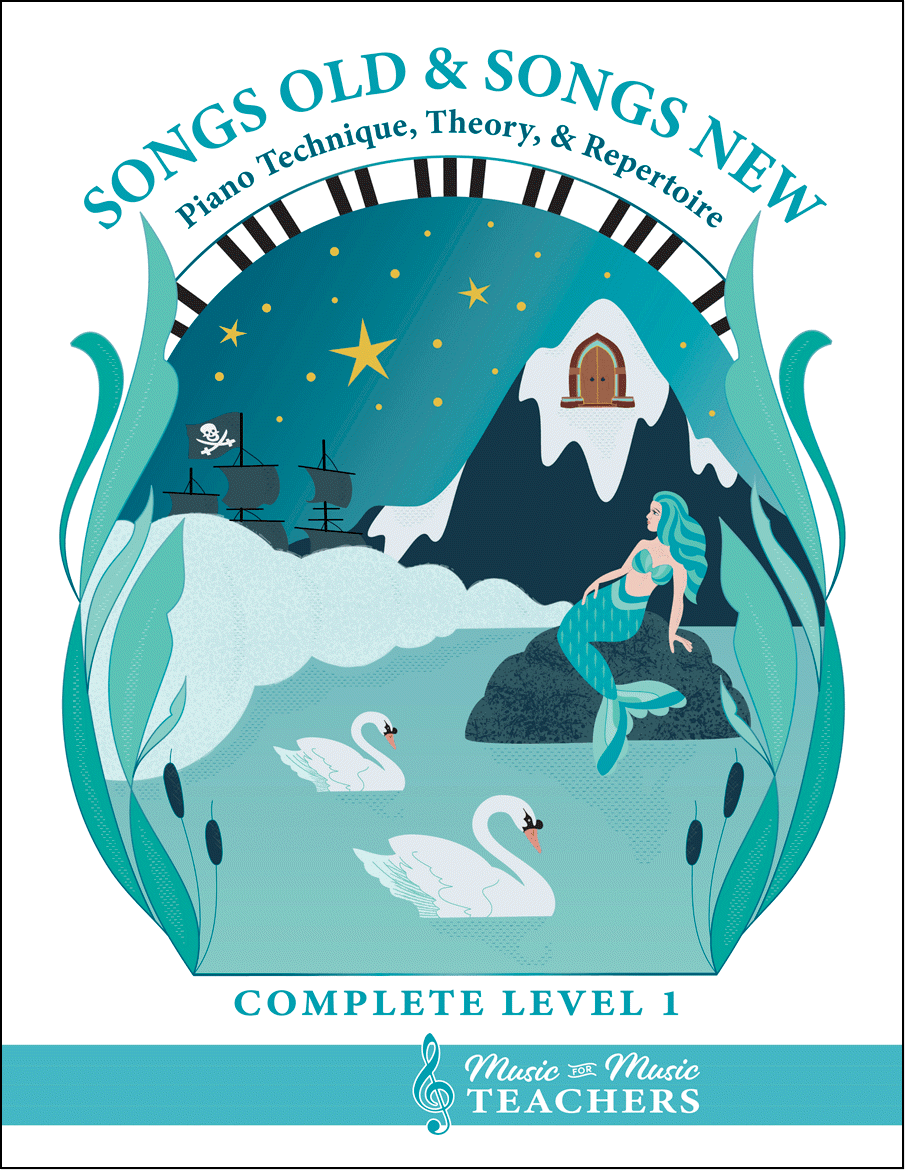
All the first-year material I give my beginner students.
Piano keyboard sheets, scales, chords, note-reading exercises, and over 256 pages of music!
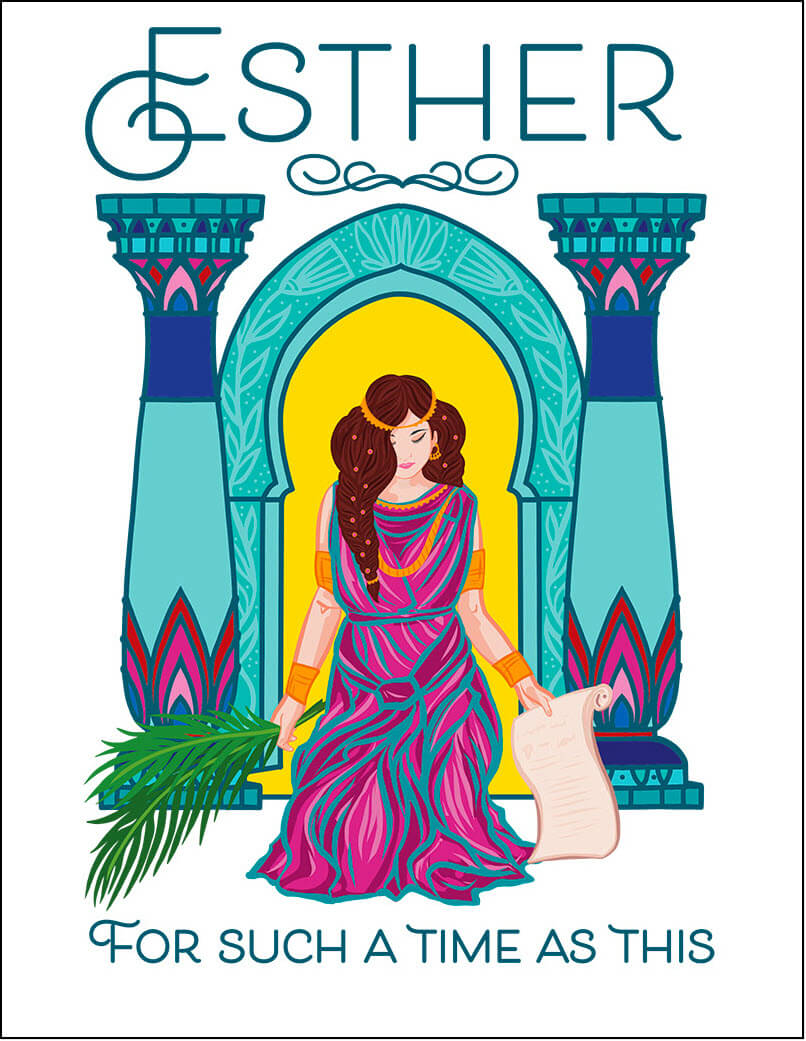
This beautiful song book for piano & voice "Esther, For Such a Time as This", available as a digital download, tells the riveting story of the time when Jews in ancient Persia faced a foe named Haman, and how a brave young queen risked her life to save her people.
A good choice for a singing story-teller, an operatic group, a short theater production, or a class of children!
This book is also available from Amazon as a paperback.
This book is available as a digital download from this site. Visit this page to see some free examples from the book.
It is also available from Amazon as a paperback!
This is the perfect easy start for little pianists.
And when they start reading white-key notes on the staff, this is a fun easy resource to say each week, "Choose a new black-key song at home this week and figure it out to show me next lesson!" They will be spending more time at the piano.
A perfect read aloud storybook
for little boys or girls.
The Adventures of Tonsta highlight the travels of a very young boy with a good heart, who goes about helping folk in trouble.
With a red cap on his head and a sack of tools slung over his shoulder, Tonsta seems to meet people in distress wherever he goes.
Lots of trolls in this book - including one who gives him a Christmas gift!
About the Author

Hi, I'm Dana! (Say that like "Anna".) I'm the owner of Music-for-Music-Teachers.com, and a newer site, SingTheBibleStory.com.
Like some of you, I've been playing the piano since early childhood, and have added a few other instruments along the way, plus an interest in arranging and composing music.
You can find out more about me and the reason for this website at my About Me page.
